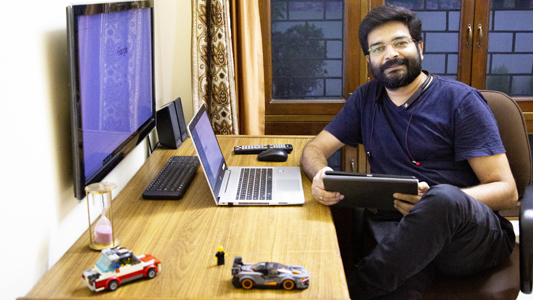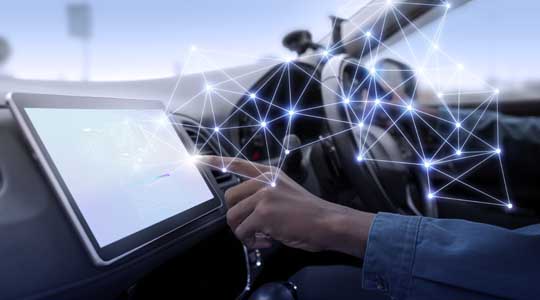
Steady advancements in connected technologies and the rising demand for clean and green electric mobility has driven a speedy transition in the automotive industry across the globe. In India, there had been a renewed focus on the internet-connected cars and the vehicles running on green energy, with the role of Internet of Things (IoT) expected to shape the future of mobility in the country. While US electric vehicle giant Tesla Inc has been the leading manufacturer of tech-intensive vehicles in the world, Indian brands like Tata Motors, Mahindra and Maruti Suzuki has also been focusing on the use of IoT to make cars smarter.
With the increasing application of cutting-edge technologies in car making, the market size of the Indian connected cars is projected to grow at a compound annual growth rate (CAGR) of around over 22 per cent during 2019 to 2025, reaching $ 32.5 billion by 2025 from an estimate of around $ 9.8 billion in 2019. Some of the key drivers behind this exponential growth can be the increasing demand for fuel efficient vehicles, advanced connected features made available by automobile manufacturers in economy models, and government mandates regarding connected technology in passenger cars.
Here are some of the key features that have been transforming smart mobility in the country:
Connected apps
From 3D downloadable maps to notifications on vehicle maintenance, the modern day smart cars come with a series of functionalities that can be operated through mobile applications. Drivers of the internet-connected cars have the feature to lock or unlock the car or even stop or start the engine from any remote locations. Also, the AC temperature can be adjusted even while outside the car.
Smart communications
Automobile manufacturers have been leveraging cutting-edge technologies to enable real-time information flow to make the smart cars even smarter. Technological innovations have now made possible communication between nearby vehicles, thereby creating a connected infrastructure. The advanced features in the smart vehicles can now capture real-time traffic flow statistics, maps, infotainment, remote access to emergency services within seconds, detect potholes and speed bumps, heavy rain, fog, slippery roads and communicate these messages to cars within a radius of three kilometers.
Safety
The smart cars are connected not only with the internet but also other vehicles through continuous exchange of data. The short-range communications and peer-to-peer exchanges enables the vehicles to sense what other vehicles and walkers are doing; thereby detect potential threats. Communication between nearby vehicles is one of the major safety feature enabled by IoT, through which cars get alerted about speed, direction, road condition, traffic and pedestrian information. The modern-day smart cars also come with advanced preventive measures like timely automated brakes and driver alerts to avoid crashes. There are also vehicle to infrastructure (V2I) in the connected cars which help drivers get updates on the road situation ahead. The smart cars also have other advanced features like SOS call facilities, roadside assistance, real-time location sharing, etc.
Voice assistance
Like Alexa and Siri, smart car manufacturers have introduced customized voice-based assistance features to make the driving experiences better. Through this, basic activities within the car like adjust AC temperature, opening or closing sunroofs, setting navigation, starting or stopping engines, etc., can be managed through voice commands.
Infotainment
Basically a blend of information and entertainment, infotainment systems in smart cars are designed to deliver information and entertainment through touch screen displays, button panels, and audio/video interfaces. Pairing the infotainment system also provides drivers with the hands-free access to e-mails and messages and also makes hands-free calls.












